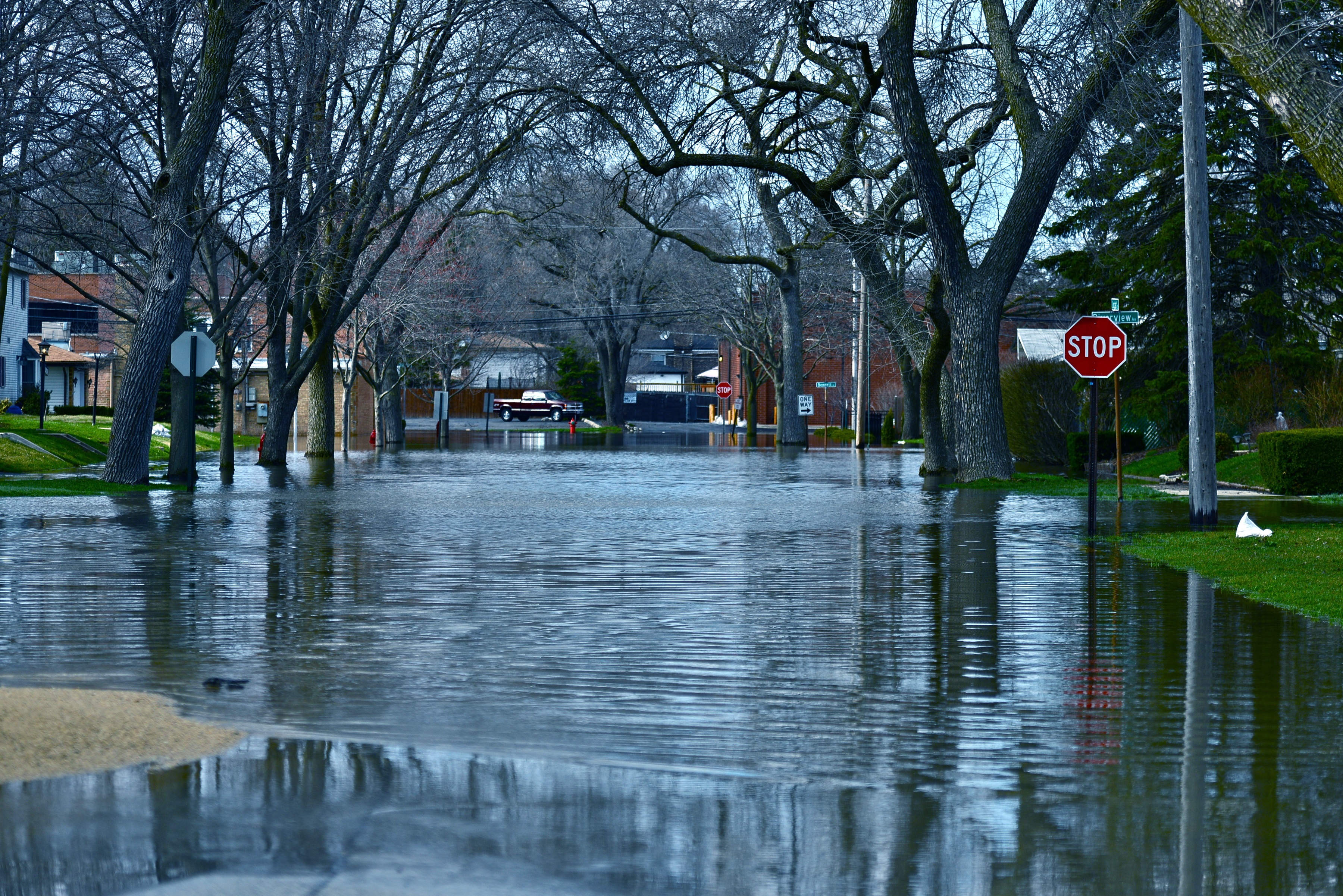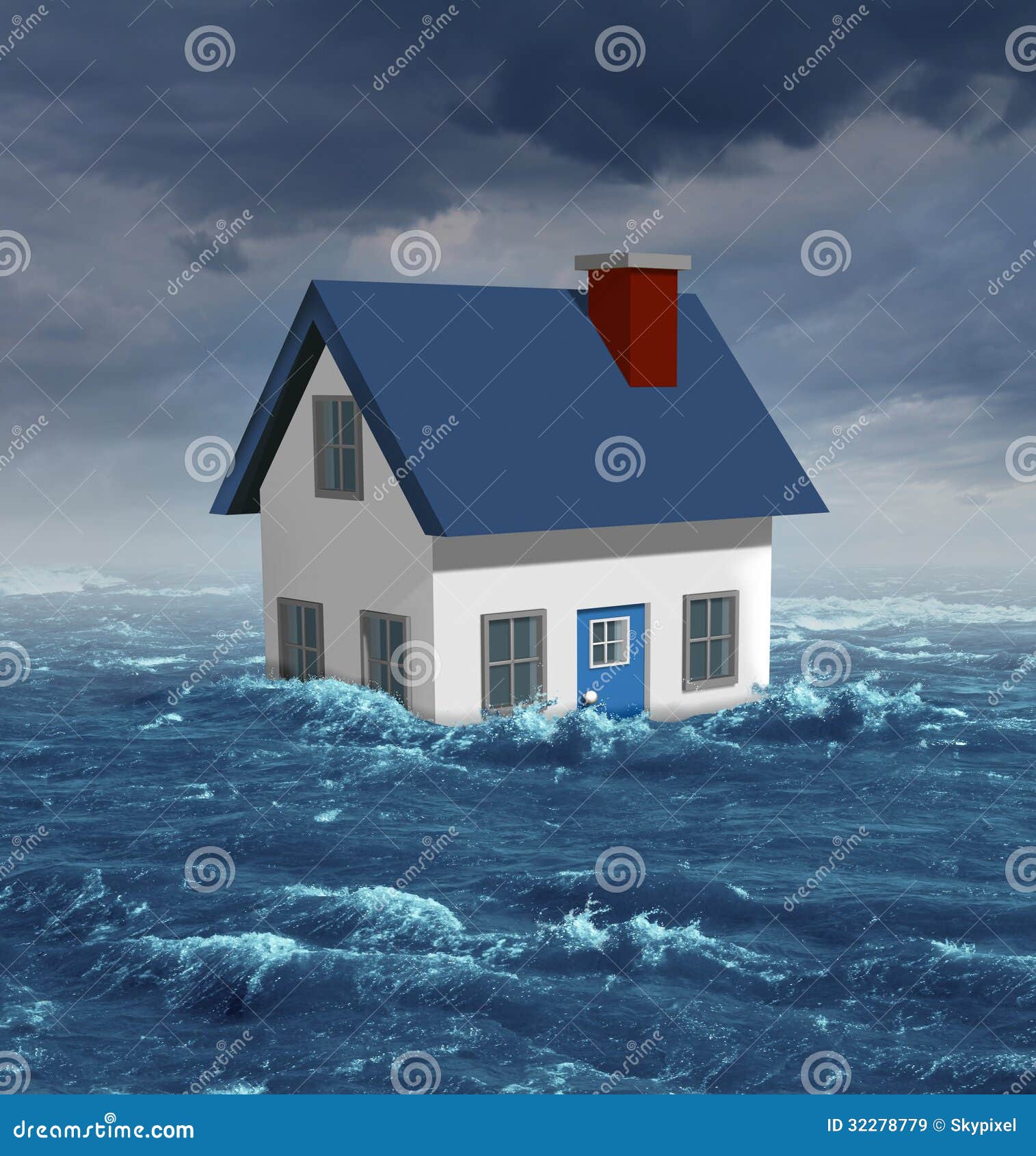


In Florida, 82% of homeowners who have flood insurance will see an increase of less than $20 a month.Many increases are relatively small and spread out among thousands of communities.
Flood insurance zip#
Source: FEMA, based on ZIP codes with five or more FEMA flood insurance policyholders for single-family homes Lake, Lake George and Brinton, Michigan (48632) Northbridge and Grafton, Massachusetts (01534) Wellsville and Black Jack, Kansas (66092) Stevenson Ranch and Pico, California (91381) Ocotillo and Coyote Wells, California (92259) Gustine, Santa Nella and Ingomar, California (95322) Percent of policyholders getting an average decrease of $80 or more per month This is intended to produce the most accurate flood risk ratings ever. FEMA will no longer use “flood zones” from FIRMs in calculating rates. Risk Rating 2.0 will incorporate private sector data sets, catastrophe models and actuarial science. To address the debt and inaccuracy of past flood insurance rates, FEMA developed Risk Rating 2.0, a new way to calculate actual flood risk and insurance rates. As of August 2020, FEMA’s debt was $20.5 billion, and that’s after Congress canceled $16 billion in debt in October 2017, according to the U.S. And FEMA’s rates have been insufficient to cover the actual cost of flood claims. FIRMs were previously used to determine what flood insurance will cost.īut the NFIP’s rating methodology has not been updated in 40 years. FEMA created “Flood Insurance Rate Maps” (FIRMs) that showed areas of high and moderate flood risk. The NFIP began in 1968 when floods were seen as an “uninsurable” risk and flood insurance from private companies was mostly nonexistent.


 0 kommentar(er)
0 kommentar(er)
